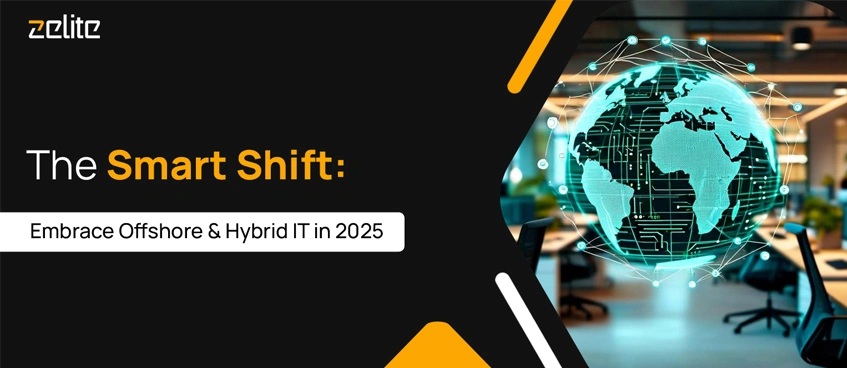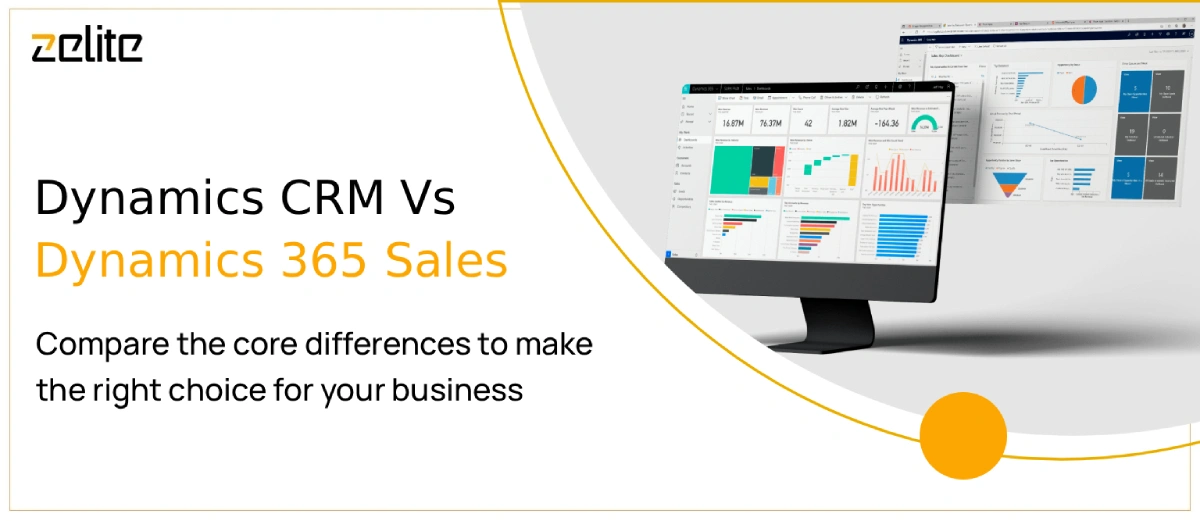In 2025, the global tech landscape is evolving rapidly. With rising costs, talent shortages, and shifting immigration policies especially the sharp increase in U.S. H-1B visa fees businesses are rethinking their delivery models. While these changes pose challenges, they also present a strategic opportunity: offshore and hybrid delivery models are emerging as the smarter, more sustainable path forward.
The H-1B Wake-Up Call
Recent U.S. policy changes have significantly increased the cost of employing H-1B talent:
- Higher petition fees for H-1B and L-1 visas.
- New surcharges to fund federal programs.
- Longer processing times and stricter compliance requirements.
These changes have driven up the total cost of H-1B resources by 30–40%, putting pressure on IT services firms especially those with onshore-heavy delivery models.
Why Offshore & Hybrid Delivery Makes Sense
1. Significant Cost Savings
Shifting delivery to offshore hubs in India, Eastern Europe, or APAC can reduce costs by 50–60% without compromising quality. Hybrid models allow onshore teams to focus on client engagement and compliance, while offshore teams handle execution.
2. Scalable, Agile Operations
Global delivery centers offer the flexibility to scale quickly, tap into diverse skill sets, and avoid delays caused by visa quotas or local hiring constraints.
3. Access to a Vast Talent Pool
Countries like India produce over 1.5 million STEM graduates annually, offering a steady pipeline of skilled professionals without the overhead of immigration processes.
4. Reduced Risk Exposure
Relying solely on H-1B talent creates concentration risk. Offshore and nearshore delivery models provide geo-distributed resilience, helping mitigate political, regulatory, and market disruptions.
5. Strategic Innovation
With cost savings and operational flexibility, companies can reinvest in AI, automation, cybersecurity, and other emerging technologies accelerating innovation and time-to-market.
What CIOs and CFOs Should Prioritize
- CIOs should focus on delivery reliability, innovation, and speed.
- CFOs must protect margins in a high-cost environment.
Both roles converge on a common solution: offshore and hybrid delivery.
Recommendations for Enterprises
- Rebalance delivery portfolios: Target a 60–70% offshore/hybrid mix.
- Enable secure global collaboration: Ensure offshore teams have equal access to tools and compliance frameworks.
- Adopt a “follow-the-sun” model: Leverage time zones to accelerate delivery and offer 24/7 support.
- Use onshore talent strategically: Focus U.S.-based teams on client-facing, compliance-heavy, or regulated tasks.
Choosing the Right Outsourcing Partner
Success depends on selecting the right partner. Evaluate based on:
- Technical expertise in your domain.
- Proven track record with similar projects.
- Transparent communication practices.
- Security and compliance standards
- Cultural alignment and shared values
Outsourcing isn’t just about cost, it’s about building a strategic, long-term partnership.
Conclusion
The rising cost of H-1B talent is not a roadblock, it’s a catalyst for smarter delivery strategies. Offshore and hybrid models offer a clear path to cost efficiency, talent scalability, and business resilience.
At Zelite Solutions, we’ve helped global enterprises embrace this shift with proven frameworks and delivery excellence. The future belongs to those who adapt and act now.




